It may go on live today! ... and it will be cloudy. A few pictures of the system. 26 Suniva panels, micro-inverters, data-logging controller with wi-fi and hard-wired ethernet, underground wiring to the house. If live today, unfortunately I will not be home when switched on. Have to be out of town for a meeting.
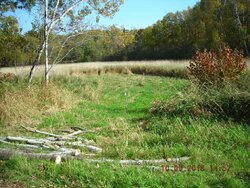
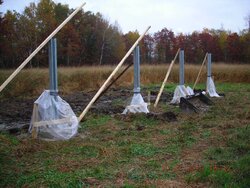
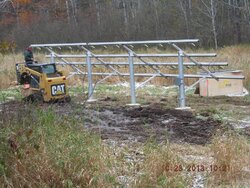
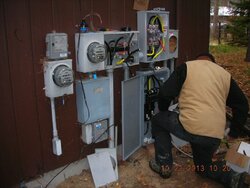
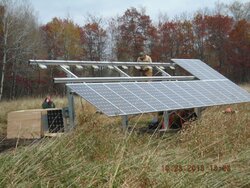
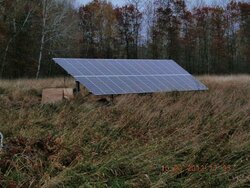






Last edited by a moderator:


